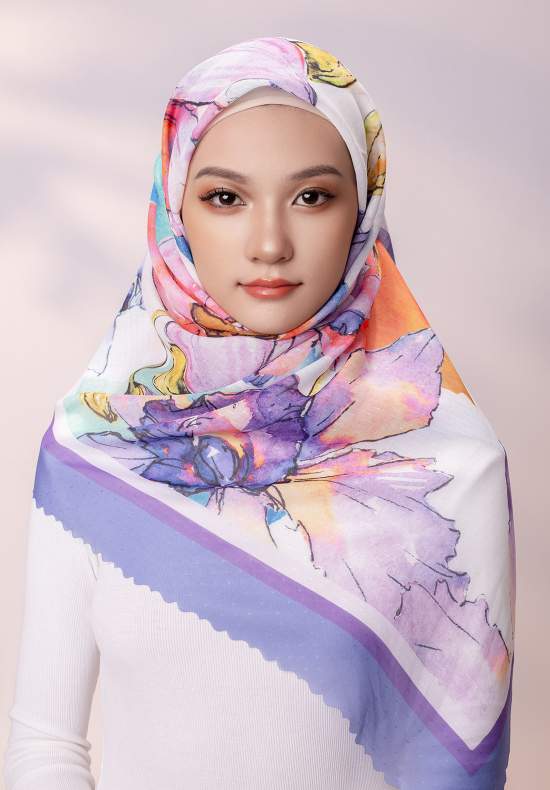Is voile a natural fabric?
Is voile a natural fabric?
When choosing materials for clothing or home decor, many people focus on the composition and properties of the fabric. Voile is popular for its lightness, breathability, and softness, but many people are not very clear about whether it is a natural fabric. This article will take a deep look at the composition of voile, the production process, and whether it can be classified as a natural fabric.
1. What is voile?
Voile is a light and translucent fabric. Its name comes from the French word "voile", which means "veil" or "gauze". This fabric has a soft texture and a certain sheen. It is often used to make summer clothing, curtains, and other fabrics that require lightness and breathability.
2. The material composition of voile
2.1 Natural fiber voile
Voile can be made from a variety of fibers, the most common natural fibers are cotton and silk. Cotton voile usually has good moisture absorption and breathability, which is very suitable for wearing in hot climates. Silk voile is smoother, softer, and has a more delicate texture, which is suitable for making high-end clothing.
Cotton fiber: Cotton tulle is a typical natural fabric made from natural cotton fiber. Cotton fiber is spun and processed to form tulle fabric, which retains the natural properties of cotton, such as strong moisture absorption, good breathability and comfortable touch.
Silk fiber: Silk tulle is made from natural silk and has a glossy feel and softness. Silk is a natural protein fiber and is widely used to make high-end clothing due to its unique feel and luxurious appearance.
2.2 Synthetic fiber tulle
In addition to natural fibers, tulle can also be made from synthetic fibers such as polyester or nylon. These synthetic fibers have greater durability and wrinkle resistance, but may not be as breathable and tactile as natural fibers.
Polyester fiber: Polyester tulle is lightweight and durable, and is often used to make curtains or clothing that requires strong wrinkle resistance. Although polyester is a synthetic fiber, its gloss and texture often mimic natural silk.
Nylon fiber: Nylon tulle is usually used for industrial purposes or special clothing. It has high wear resistance and strength, but poor breathability.
3. Is tulle a natural fabric?
Whether tulle is a natural fabric depends on its specific material. If tulle is made of natural fibers such as cotton and silk, then it can be classified as a natural fabric. However, if tulle is made of synthetic fibers such as polyester and nylon, then it does not fall into the category of natural fabrics. Therefore, whether tulle is a natural fabric depends on its specific composition.
3.1 Advantages of natural tulle
Environmental protection: Natural fibers are generally more environmentally friendly because they are renewable resources and do not usually require a large amount of chemicals in the production process.
Comfort: Natural fibers are generally softer and more breathable than synthetic fibers, making them more comfortable to wear.
3.2 Advantages of synthetic tulle
Durability: Synthetic fibers are generally more resistant to wear and tear, wrinkle resistance, and easier to care for than natural fibers.
Lower price: Synthetic fibers usually cost less than natural fibers, so synthetic tulle is often more affordable.
4. Conclusion
Whether tulle is a natural fabric depends entirely on its fiber composition. Cotton and silk tulle are natural fabrics with good breathability and comfort, suitable for all seasons; while synthetic fiber tulle such as polyester and nylon are not natural fabrics, but they still have a place in the market due to their durability and affordable prices.
When choosing tulle products, it is very important to understand their material composition. For consumers who pursue nature and environmental protection, choosing tulle made of natural fibers may be a better choice. If you value durability and easy care more, synthetic fiber tulle is also a practical choice.
In general, tulle is a widely used fabric. Whether it is natural or synthetic fiber, it has its unique advantages. The key is to make the most appropriate choice according to personal needs and usage scenarios.




